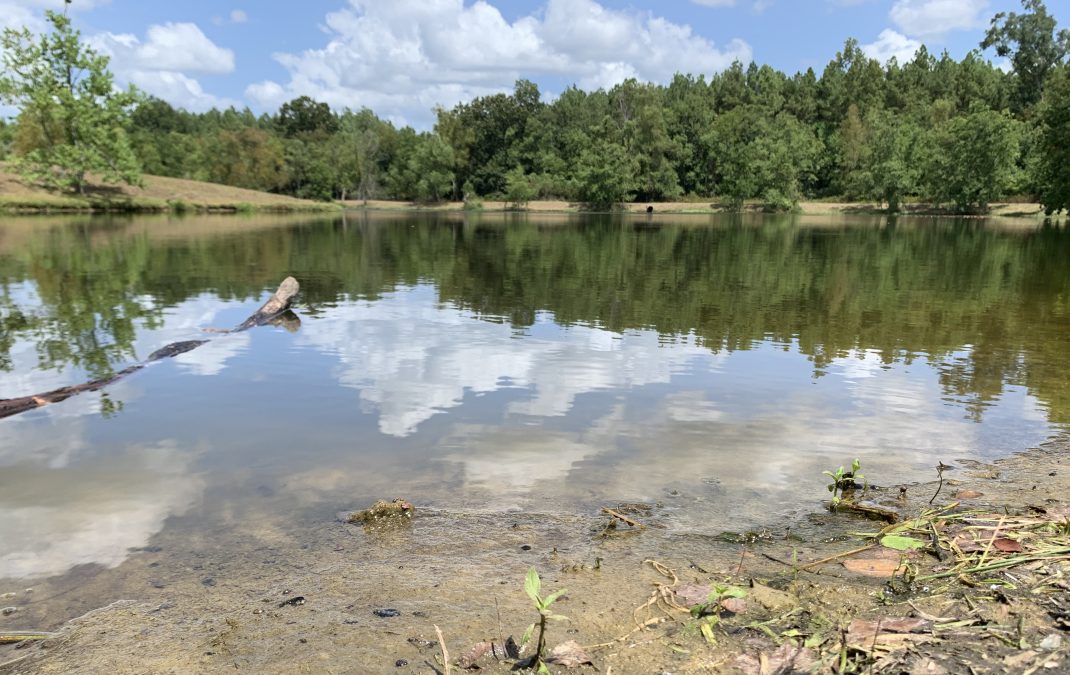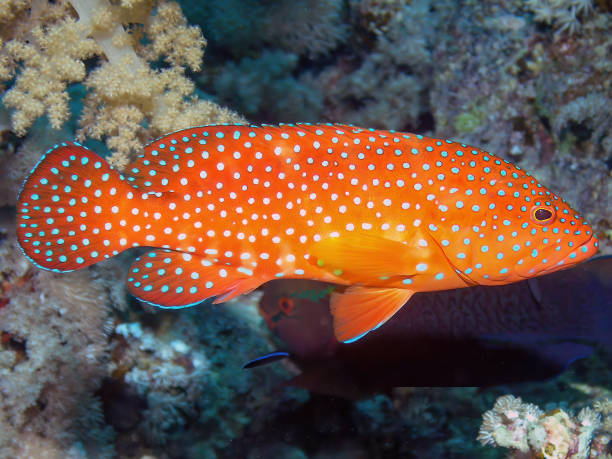
Cassidy Announces $207.3 Million for Louisiana for Flood Mitigation from his Infrastructure Law
September 4, 2023
Experience the Perfect Blend of Community, Culinary Delights, and Live Music at Uncorked: A Live Oak Neighborhood Event
September 4, 2023By Charles Lutz
A number of phenomena are impacting Louisiana ponds as a result of the extremely hot, dry weather. Most of them involve something called phytoplankton, according to LSU AgCenter aquaculture specialist Greg Lutz.
The characteristic greenish tint of most pond water is the result of single-celled algae suspended in the water. These microscopic plants are referred to as phytoplankton, and although they are the principle source of oxygen in most ponds, they can also cause problems at high concentrations. High nutrient levels from fish feed and fertilizer runoff can combine with warmer temperatures to result in extremely high levels of phytoplankton.
Below are Lutz’s answers to a few questions about summertime pond problems.
What happens when there is too much phytoplankton in a pond?
One of the first consequences of heavy phytoplankton populations is stratification. This occurs when the water column develops distinct layers with little or no mixing. As sunlight is absorbed by the phytoplankton, the surface layer becomes very warm while the deeper waters are shaded and become much cooler. Once established, these layers tend not to mix until the fall unless a significant disturbance occurs.
The same factors that make the deeper water cool and dark while isolating it from contact with the surface also result in little or no oxygen once stratification is established. As a result, any fish present cannot stay in this deeper zone for more than a few minutes. The fish are limited to the upper layer of the pond where sufficient oxygen levels are present. Evaporation resulting from hot, dry weather has made many Louisiana ponds even shallower, further reducing the safe zone for fish between the excessively hot surface water and the deeper, oxygen-poor water.
How do the recent high temperatures affect ponds?
High water temperatures contribute to another summertime problem related to oxygen. The hotter the water gets, the less dissolved oxygen it can hold. Like all green plants, phytoplankton produce oxygen during the daylight hours through photosynthesis. The problem under conditions of excessive heat is that much of the oxygen produced by the phytoplankton during the daylight hours does not remain in the pond. It is lost from the hot surface water to the atmosphere.
Fish and other living creatures in a pond require more oxygen at warmer temperatures, and so does the phytoplankton. During the night, these microscopic plants often attempt to take more oxygen out of the water than what remains from their daytime photosynthesis. When this occurs, dissolved oxygen levels approach zero and fish begin to suffocate in the pond. These oxygen depletions typically happen at night or around sunrise. Larger fish require more oxygen, so they are usually the first to die. Oxygen depletions can be recognized by fish hanging at the water surface during the early morning hours. Fish congregate at the pond surface, gulping air. As conditions worsen, they will continue this behavior and ignore most disturbances.
What can be done if a pond experiences low oxygen?
In many cases, portable irrigation or industrial pumps can be used to pull water from a depth of 2 to 3 feet and spray it back into the pond. Adding fresh well water is usually only of minor benefit, and this practice can actually make things worse because well water has no oxygen when it comes out of the ground. If it is not thoroughly aerated as it goes into the pond it will simply add to the oxygen-poor zone at the bottom.
Floating aerators that operate at the water surface rarely add enough oxygen to maintain acceptable levels throughout a pond, but they provide a refuge for the fish where they can wait out the problem. If these aerators are turned on nightly the fish quickly learn to go to them when oxygen levels begin to decline. Some types of aerators are designed to lift water from the pond bottom, but starting this type of mixing in a pond that has already been stratified for more than a few weeks can result in an artificial turnover, in which the oxygen-poor water at the pond bottom is mixed with the habitable layers above, resulting in a total fish kill.
How can I reduce the risk of a fish kill?
Keep ponds as full as possible and reduce nutrient inputs such as feed and fertilizer until temperatures cool off. Avoid using herbicides right now unless absolutely necessary to keep the surface free of floating plants like duckweed or azolla. If a response is required in the event of an oxygen depletion, portable gas-powered pumps are the safest and most effective option. These are usually available from local rental companies or industrial supply houses, along with suitable suction hoses. A 2-inch pump can usually provide sufficient emergency aeration for a 1-acre pond.
Greg Lutz can be reached at GLutz@agcenter.lsu.edu.








